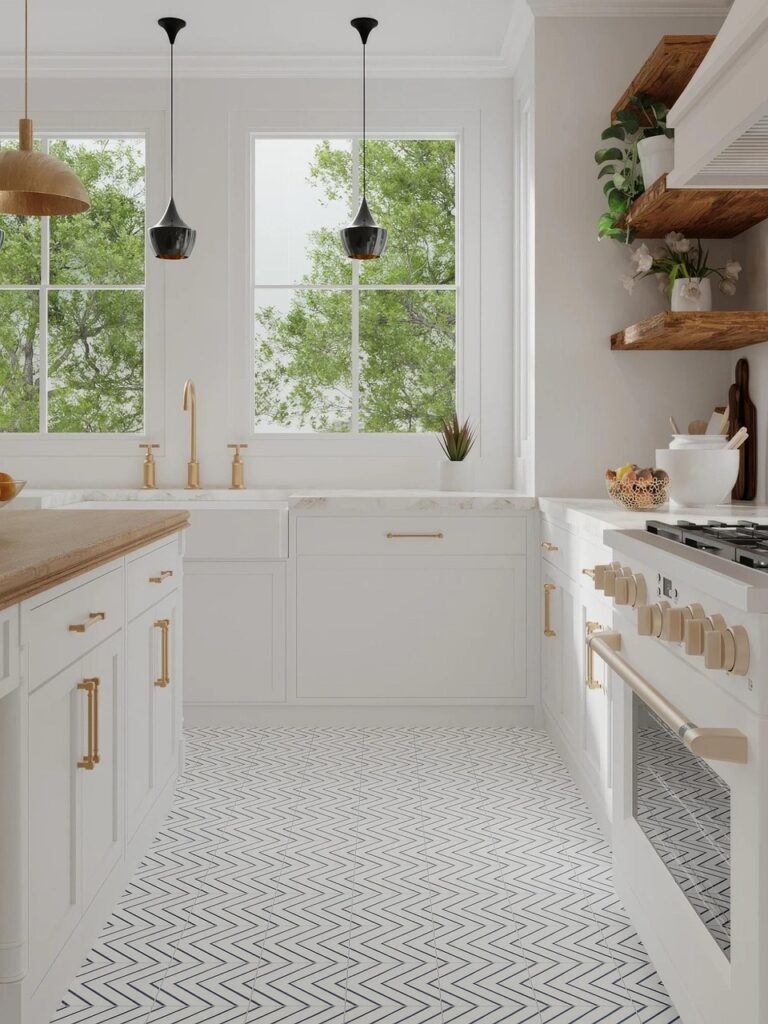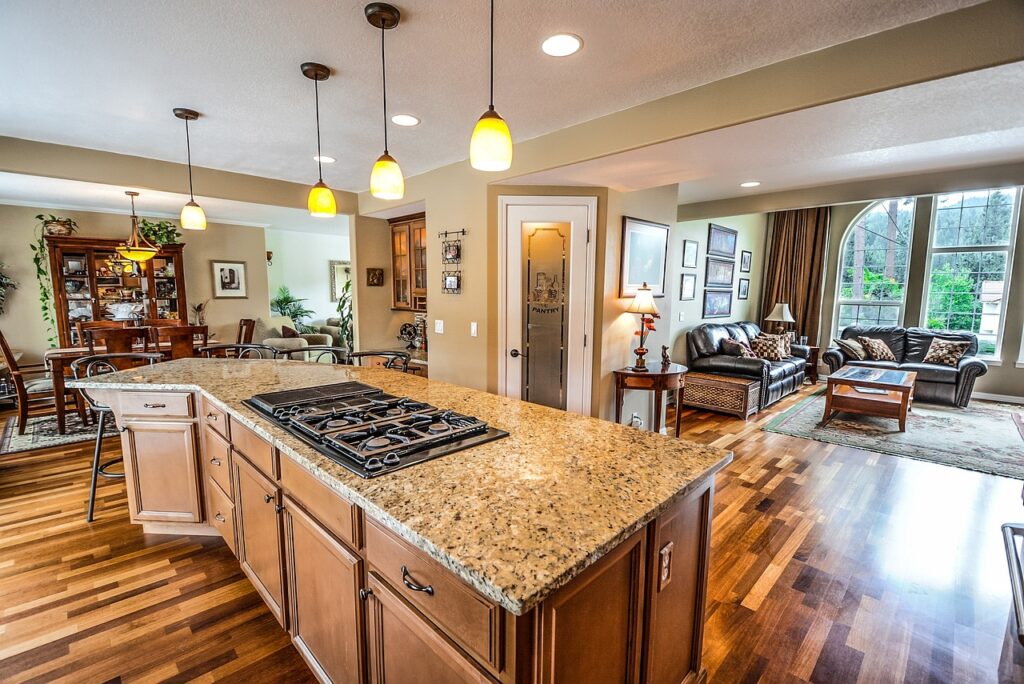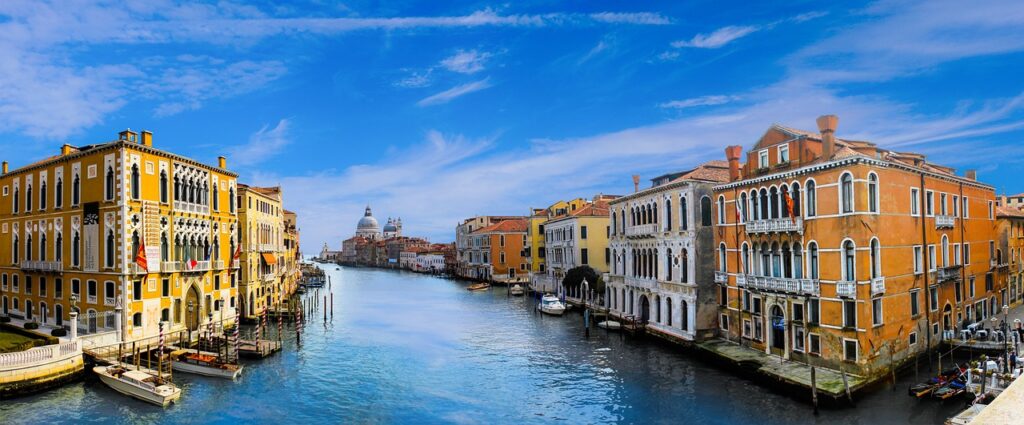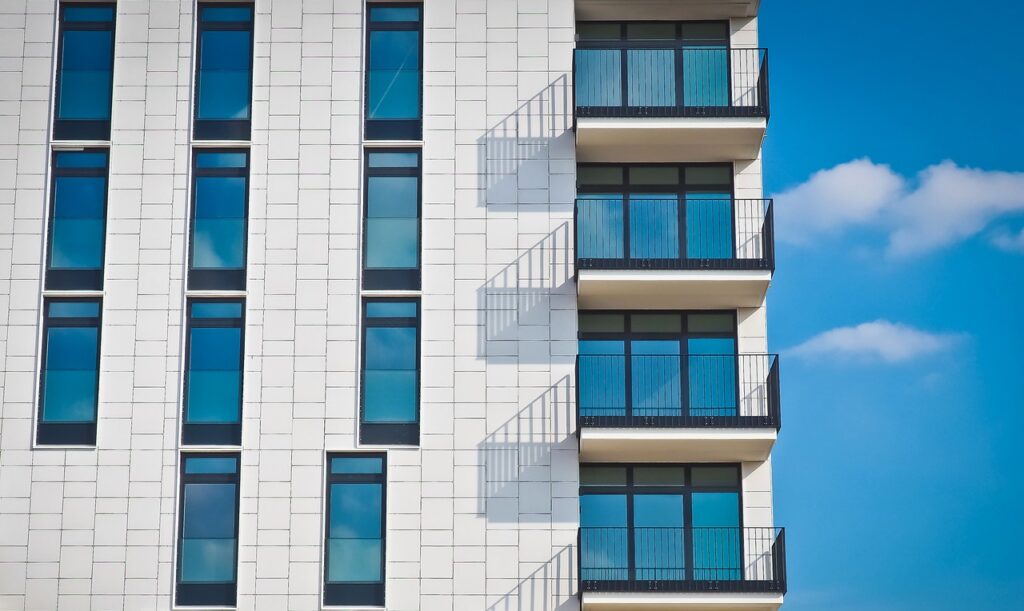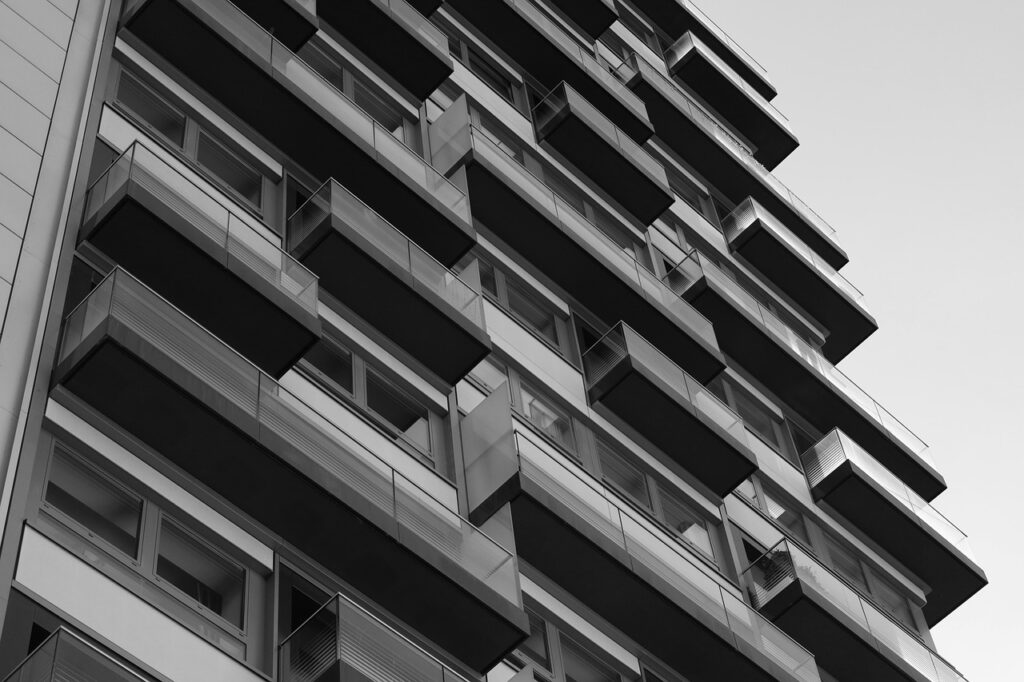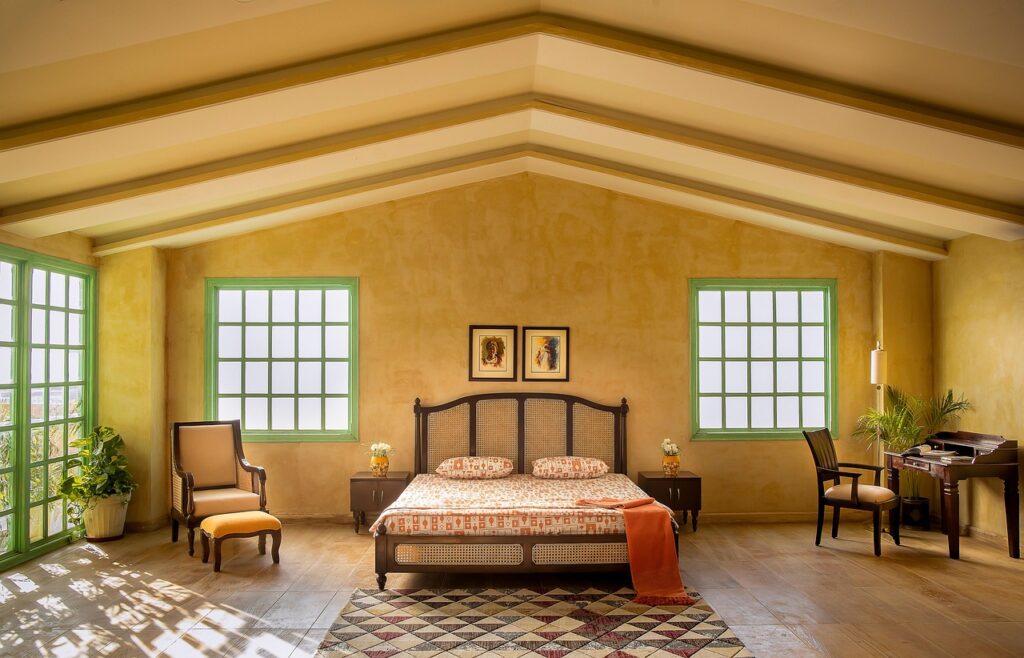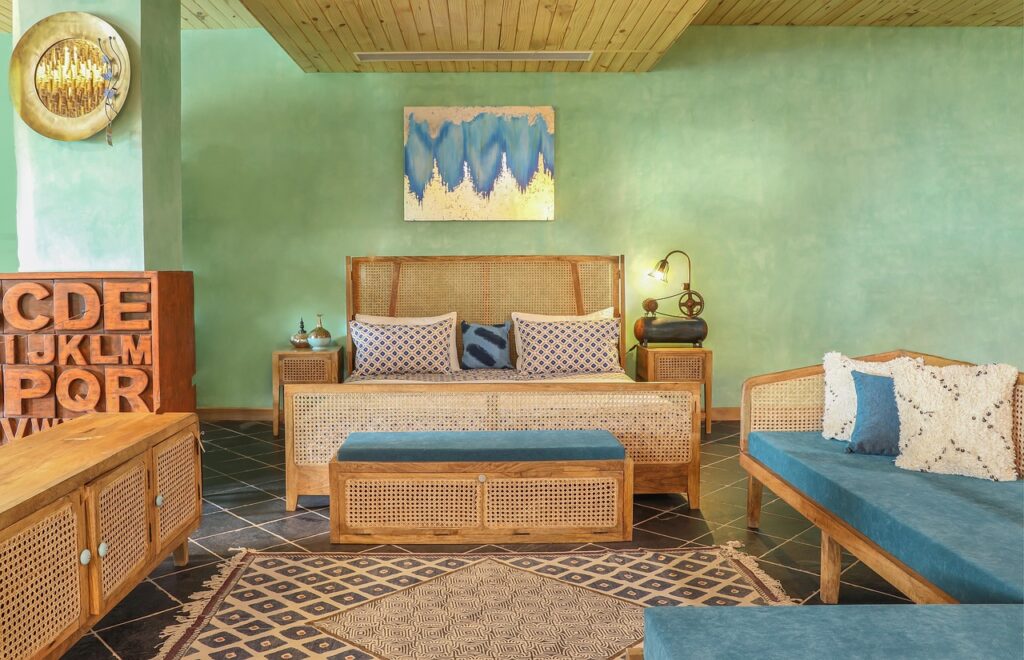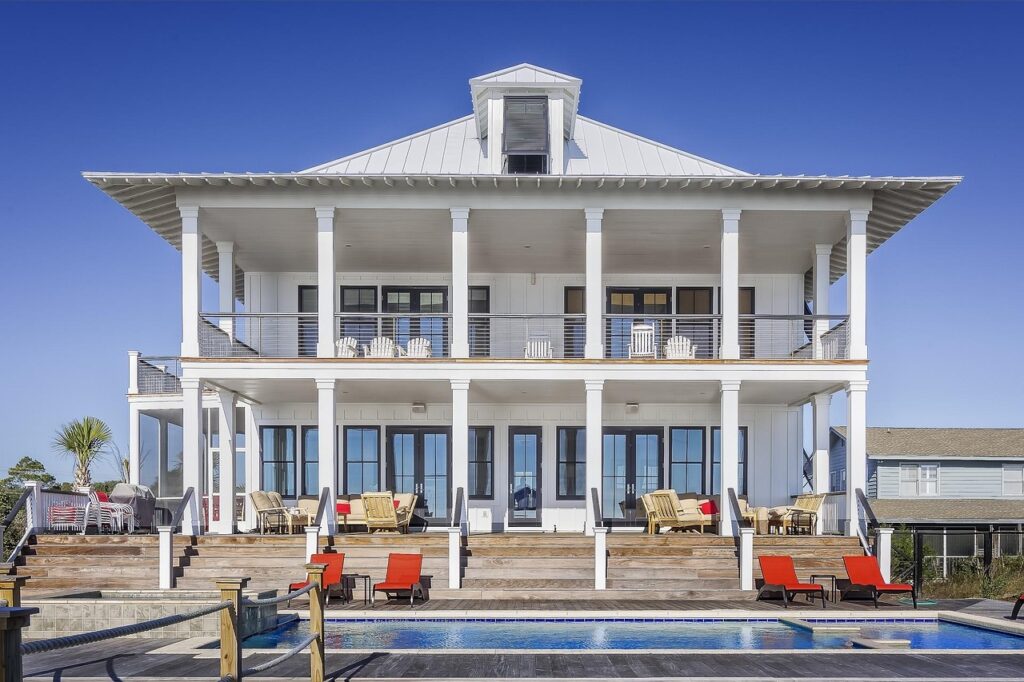
The American dream, once synonymous with expansive homes and sprawling yards, is undergoing a profound transformation. For generations, large properties symbolized success and stability, a physical manifestation of upward mobility. However, a quiet but powerful shift has begun to reshape these aspirations, as a growing number of Americans, young and old alike, are actively reconsidering their living spaces and opting for smaller, more efficient homes. This evolution is driven by more than just financial pressures; it represents a re-evaluation of what truly constitutes a fulfilling life.
This widespread re-examination of residential preferences is not merely a passing trend but a nuanced response to contemporary economic realities, evolving lifestyle priorities, and a deeper societal introspection about consumption and well-being. From navigating elevated housing costs and fluctuating interest rates to embracing minimalism and environmental consciousness, the motivations behind this shift are multifaceted. As the concept of “home” expands beyond square footage to encompass freedom, flexibility, and simplicity, understanding why so many are embracing smaller living is crucial to comprehending the evolving landscape of American life.
It is no longer just retirees who are looking to downsize; with today’s elevated housing costs, a significant portion of the population is seeking smaller properties for relief. According to Bankrate’s 2024 Home Affordability Report, a substantial 44% of U.S. adults who would be willing to make a sacrifice to find more affordable housing say they would consider downsizing their living space. This article will delve into seven compelling reasons why Americans are increasingly choosing to downsize, exploring the profound implications for both their finances and their daily lives.
1. **Lower Overall Costs**One of the most significant and immediate appeals of downsizing is the promise of substantial financial relief. In an era marked by high mortgage rates and persistently elevated home prices, the financial burden of a large property can be overwhelming. Opting for a smaller home directly translates into a lower purchase price, which in turn means borrowing less money and accumulating less interest over the lifespan of a mortgage. This fundamental reduction in the principal debt forms the bedrock of financial freedom for many downsizers.
Beyond the mortgage itself, a smaller footprint brings a cascade of reduced ongoing expenses. Property taxes and home insurance premiums are often directly correlated with a home’s value and size, meaning a less expensive, smaller home typically incurs lower annual costs in these areas, amounting to significant annual savings. As Maggie Johndrow, partner and financial advisor at Johndrow Wealth Management, notes, “A smaller home means smaller utility prices and not having to buy as many goods to fill it up.” These recurring savings provide a palpable sense of economic stability.
Maintenance and upkeep costs also see a considerable decline with a smaller home. Heating and cooling a vast residence requires significantly more energy, leading to higher utility bills. Smaller homes are inherently more energy-efficient, and outfitting them with energy-saving appliances or insulation is a far less expensive endeavor. Furthermore, external maintenance, from lawn care to repairs, is less demanding and costly for a compact property, translating into fewer headaches and more manageable budgets for homeowners.
Read more about: Unlock the Skies: 11 Life-Changing Secrets to Finding Cheap Flights with Google Flights

2. **Embracing a Minimalist Lifestyle**The allure of a smaller home often extends beyond mere financial savings; it represents a conscious choice to adopt a more minimal and intentional lifestyle. Large homes, with their ample square footage and generous storage options, frequently invite an accumulation of possessions that can become a source of stress rather than comfort. People find themselves endlessly working to pay for and then clean houses brimming with items they rarely use.
Erin Hybart, a real estate agent in Louisiana who specializes in tiny homes, highlights this common predicament: “People are spending their lives working to pay for their house, and then even more of their time cleaning it.” She recounts clients discovering they’ve bought duplicate items, asking, “Oh my gosh, I haven’t seen this in three years. Why do I have five of these?” Downsizing forces a deliberate confrontation with one’s belongings, necessitating a rigorous decluttering process that pares down possessions to only the essentials. This act of letting go can be profoundly liberating.
This shift toward minimalism isn’t about deprivation; it’s about making space for what truly matters by removing the excess. A smaller home naturally encourages selectivity and discourages impulsive purchases, leading to less consumerism. Without vast spaces to fill, individuals become more mindful of each item they bring into their home. This intentional living can reduce mental clutter, free up mental energy, and diminish the subtle anxieties associated with managing too much “stuff,” cultivating a more peaceful and purposeful existence.
Read more about: Smart Home Simple Life: 9 Essential Tech Upgrades Seniors Are Actually Using for Safety and Independence
3. **Simplified Home Maintenance**The dream of a spacious home often comes with the unspoken reality of a never-ending list of chores and maintenance tasks. From routine cleaning to significant repairs, maintaining a large property can consume an inordinate amount of time, energy, and financial resources. For many, this burden becomes a significant factor in their decision to downsize, seeking to exchange constant upkeep for a simpler, more manageable lifestyle.
A smaller home inherently requires less effort to maintain. Think of the sheer volume of tasks: vacuuming numerous rooms, scrubbing multiple bathrooms, cleaning extensive windows, and managing a large yard. Each of these takes time away from leisure, family, or personal pursuits. In a smaller home, these tasks are significantly reduced in scope and frequency, freeing up hours that can be reinvested in hobbies, social activities, or simply relaxing. This reduction in the “to-do” list directly contributes to a more balanced and less stressful lifestyle.
Moreover, the financial and logistical stress associated with larger-scale repairs is often mitigated in a smaller home. Fewer square feet generally mean less roofing to replace, fewer exterior walls to paint, and smaller systems (like HVAC) to maintain. While some maintenance costs are universal, the overall likelihood and expense of major repairs tend to scale down with property size. This practical benefit provides peace of mind, allowing homeowners to worry less about unexpected home-related emergencies and the hefty bills that often accompany them, reinforcing the appeal of simpler homes for simpler lives.
Read more about: Unleash Your Inner Mechanic: The Best DIY-Friendly Cars That Love to Be Tinkered With
4. **Environmental Responsibility**In an era of increasing environmental consciousness, many Americans are finding that downsizing aligns perfectly with their commitment to sustainability. Larger homes inherently demand more resources—more materials for construction, more energy for heating and cooling, and more power for lighting and appliances. By choosing a smaller living space, individuals can significantly reduce their ecological footprint, contributing to a more sustainable future for the planet. This eco-minded approach is becoming a powerful motivator for homeowners looking to make a positive impact.
Smaller homes are, by their very nature, more energy-efficient. With fewer rooms to regulate temperature, less cubic footage to heat in winter, and less space to cool in summer, the energy consumption—and consequently, carbon emissions—is substantially lower. Outfitting a large home with energy-efficient appliances, new windows, or upgraded insulation can be an prohibitively expensive endeavor. However, as Erin Hybart points out, “If sustainability or environmental stuff is important to a homebuyer, they can integrate that much more easily when the space is smaller.”
The investment required to make a smaller home environmentally friendly is far more accessible. This commitment to less consumption and more efficient resource use extends beyond energy bills. A minimalist lifestyle, often a byproduct of downsizing, naturally leads to less waste and a reduced demand for consumer goods. Whether it’s the reduced energy consumption, the lower demand for materials, or the encouragement of a less consumer-driven life, downsizing offers a clear path toward greater environmental responsibility and a smaller carbon footprint.
Read more about: Navigating the Crossroads: How Shifting 2025 Emissions Rules and Policy Debates Reshape America’s Automotive Future and Consumer Choices
5. **Reclaiming Time and Freedom**Perhaps one of the most profound benefits of downsizing is the liberation of time and the newfound freedom it bestows upon homeowners. When the financial and maintenance burdens of a large home are significantly reduced, individuals discover they have more hours in their day and more flexibility in their lives to pursue what truly matters to them. The relentless cycle of working to pay for and maintain a vast property often leaves little room for personal passions, travel, or quality time with loved ones.
“More time for what matters” is a recurring theme among those who have made the leap to smaller living. Without the constant demand of house chores, yard work, or the financial pressure to maintain a demanding career to cover high housing costs, people can reallocate their energy and resources. This might mean pursuing an education, dedicating more time to a cherished hobby, embarking on long-desired travels, or simply enjoying spontaneous moments with family and friends. The shift allows for a life less governed by property responsibilities and more by personal fulfillment and connection.
The context highlights the adverse effects of work and home life conflicting, leading to burnout, depression, and emotional exhaustion. Downsizing can serve as a “relief valve” by addressing the financial factors that necessitate certain levels of work. By reducing mortgage payments and overall expenses, homeowners may gain the flexibility to cut back on working hours, as suggested by calculations showing how a smaller mortgage could enable a 25% reduction in work. This profound sense of control over one’s schedule and destiny is a powerful draw, as sacrificing home life for an unfulfilling job is a trade-off many are no longer willing to make.
Read more about: Beyoncé’s Reign: Charting the Unstoppable Rise of a Visual Album Vanguard, Forging Her Own Path in Music History
6. **Strategic Location Choices**Beyond the immediate financial and lifestyle benefits, downsizing often enables homeowners to make strategic location choices that significantly enhance their quality of life. Many people are increasingly prioritizing convenience, abundant amenities, and shorter commutes over the sheer volume of square footage. This means being willing to trade a larger, more isolated home for a smaller one situated in or near vibrant urban centers, desirable neighborhoods, or areas rich in natural beauty and recreational opportunities.
As financial advisor Maggie Johndrow observes, “Usually, it’s more expensive to be closer to a big city.” She notes that she sees “folks choose to get a smaller home [in or near the city], even though they could maybe afford a bigger home at the same price a little bit further out from the city.” This illustrates a conscious decision to invest in location and accessibility, recognizing that a smaller space in a prime area can offer a much richer and more fulfilling daily experience than a large home in a less convenient or amenity-poor locale.
When choosing to live smaller, there is often a natural redirection of focus away from solely spending time within the home itself. Individuals may find themselves making greater use of nearby outdoor spaces, such as parks or trails, or enjoying the cultural and entertainment amenities a city has to offer. Johndrow advises, “Find other things that you enjoy, like a brewery or a park to spend time in.” This expanded engagement with the community and environment is a significant draw, fostering a more active and connected lifestyle that a sprawling suburban home might not encourage.
Read more about: Unlock the Skies: 11 Life-Changing Secrets to Finding Cheap Flights with Google Flights

7. **Modern Design and Efficient Layouts**The notion that downsizing means sacrificing comfort or style is increasingly outdated. Today’s smaller homes are a testament to innovative architectural and interior design, prioritizing smarter layouts, multi-functional rooms, and space-saving features that maximize every square foot. This evolution in design ensures that a compact living space can feel remarkably open, efficient, and thoroughly modern, defying the cramped stereotypes often associated with smaller dwellings. The focus has shifted from sheer size to intelligent utility and aesthetic appeal.
Contemporary smaller homes are often characterized by open floor plans, which create a sense of spaciousness and fluidity, allowing natural light to permeate the living areas. Designers are adept at incorporating built-in furniture, clever storage solutions, and flexible living spaces that adapt to various needs throughout the day. A bedroom, for instance, might seamlessly transform into a home office or a yoga studio with the clever integration of Murphy beds or modular shelving. This thoughtful approach ensures that every area serves multiple purposes, enhancing both functionality and livability without requiring an oversized footprint.
Technology also plays an integral role in making smaller homes more comfortable and efficient than ever before. Many are equipped with smart thermostats, integrated lighting systems, and advanced security features, all contributing to a seamless and convenient living experience. These intelligent additions not only boost energy efficiency but also enhance daily comfort and ease of management. The message is clear: one doesn’t need a mansion to enjoy modern comforts and sophisticated design. Smaller, smarter homes are demonstrating that true luxury lies in efficiency, thoughtful design, and a life unburdened by excess.
The aspiration for expansive living has, for many, shifted toward efficiency and freedom. Yet, the path to a smaller footprint presents intricate challenges and unforeseen complexities. While benefits are compelling, understanding potential drawbacks is essential for homeowners contemplating this change. These considerations extend beyond aesthetics, delving into financial realities, interpersonal dynamics, and housing market structures. Careful deliberation on these ‘cons’ is crucial, ensuring downsizing leads to a more fulfilling existence, not merely exchanging one set of problems for another.
Read more about: Simple Secrets to Decoding Barns: A Lifehacker’s Guide to Identifying Potential ‘Barn Find’ Locales
8. **The Challenge of Spatial Constraints and Family Dynamics**The most immediate drawback of a smaller home is reduced living space. While encouraging minimalism, it places families in closer quarters, often causing ‘serious friction.’ This is particularly true for remote workers or where limited activities constrain outdoor options. In such scenarios, compact spaces can quickly feel ‘cramped,’ increasing stress.
Beyond daily friction, family life faces profound practical implications. Traditional gatherings become logistical puzzles. Hosting holidays might mean ‘little room to sit, let alone sleep over,’ potentially passing cherished traditions to another family. This alters customs and family interaction, impacting more than just square footage.
Emotional impacts extend to children, who may be uprooted from schools. While some downsizing fosters closeness, losing a childhood home carries emotional weight. Evan Roberts recounts ’emotional turmoil’ experienced when his parents moved from his childhood home, underscoring the difficulty of saying goodbye to a place of old memories. Transitions require careful consideration of emotional well-being alongside practical advantages.
Read more about: Powering the Future: A Deep Dive into the Evolving Landscape of Gas Stations and Mobility Hubs
9. **Navigating Unforeseen Financial Complexities**Despite savings often being the primary driver, downsizing can paradoxically increase expenses. Homeowners who bought years ago face significantly higher home prices today. This requires assessing if a smaller new home might cost more than their current, larger one can sell for, as advised by financial advisor Maggie Johndrow.
Current economic conditions also challenge financing. Johndrow cautions that new mortgage interest rates are ‘much higher now than they were just two years ago.’ Even with reduced principal, monthly payments can be substantial, eroding anticipated financial benefits. The calculation involves market conditions and borrowing costs, impacting long-term financial outcomes.
An often-overlooked financial aspect in new developments is Homeowners Association (HOA) fees. Many smaller homes come with mandatory HOA memberships. These fees, which Johndrow has seen ‘range from a few hundred bucks a month to even creeping into the $1,000 a month territory,’ must be budgeted. Recurring costs can negate savings, making a seemingly affordable home more expensive.
Read more about: Mastering Your Money: 10 Proven Budgeting Strategies for Financial Control and Long-Term Success

10. **The Myth of Automatic Decluttering**A common assumption is that a smaller space automatically forces minimalism, eradicating clutter. However, ‘Less house doesn’t mean less clutter.’ Clutter is often ‘a habit of mind.’ An acquisitive nature will confront the same challenge in a confined area, potentially exacerbating overwhelm. Without a fundamental shift in habits, clutter merely concentrates.
This highlights that decluttering and minimalism are related but not interchangeable. Decluttering is a step towards minimalism, but not everyone aims for it. If underlying reasons for accumulating possessions aren’t addressed, a smaller home won’t solve the problem. Instead, it forces an uncomfortable confrontation with belongings, demanding rigorous paring down.
The challenge lies in actively choosing to ‘pare down what you own to the essentials’ and making deliberate new acquisitions. This means actively ‘getting rid of things you’ve acquired before.’ Without intentional effort, the downsized home risks becoming another jumbled space. Erin Hybart’s clients often find duplicate items, showing overconsumption, exposed in smaller settings.
Read more about: Revitalize Your Ride: 15 Simple Yet Transformative Ways to Make Your Old Car Feel Years Newer
11. **The ‘Empty Nest’ Reversal: When Adult Children Return**The ’empty nest’ motivates older Americans to downsize. Yet, ‘Empty nests don’t always stay empty.’ Economic shifts, accelerated by the pandemic, led to more young adults living with parents. The Pew Research Center reports ~50% of young adults now reside with parents, challenging traditional housing expectations for older generations.
This demographic shift creates a predicament for downsizers. A smaller home, chosen for reduced capacity, may struggle to accommodate adult children returning due to economic necessity. While ~half of parents view this neutrally, ‘more than 1/3 of parents think this is a bad thing,’ highlighting potential friction in tighter living arrangements.
For families, considering adult children returning is crucial. A smaller property might eliminate a vital ‘safety net’ or make cohabitation ‘deeply uncomfortable for both the parents and the kids.’ This complex interplay between evolving family structures and downsized living demands a forward-thinking perspective, recognizing fluctuating familial needs.
12. **Scarcity and Specificity in the Smaller Home Market**Finding a truly smaller property can be a hurdle, as the market favors larger constructions. The NAHB shows that while average new home size declined in 2023, it’s still larger than many downsizers seek. This means finding a smaller single-family home often requires ‘older homes’ or ‘flexibility about its location,’ as availability is limited.
Interest in ‘trendy tiny homes’ adds complexity, particularly regulatory obstacles. Erin Hybart notes that ‘finding a place to build a tiny home can be tricky depending on the zoning in your area.’ Local land-use laws, designed for traditional housing, often challenge their legality, making plot searches arduous.
Beyond zoning, tiny home financing is often prohibitive. Traditional mortgages are frequently unavailable. Buyers often need alternative financing, which can be harder to secure or less favorable. This combination of restrictive zoning, specialized financing, and scarcity creates a challenging market, demanding persistence and flexibility.
13. **The Unforeseen Pressures of Urban Downsizing**The allure of city life drives many to smaller urban dwellings, seeking amenities and shorter commutes. However, this transition can bring unforeseen pressures. The context notes ‘the lure of city life is a bait-and-switch’ for some, as urban living in smaller spaces presents challenges. Urban residents ‘experience greater stress levels than their rural and suburban counterparts,’ per Nature, suggesting a trade-off.
Urban housing options are often space-constrained. Cities under ‘renewed migration pressure’ have seen ‘micro-units’ emerge, some ‘1/3 the size of average 750-square-foot apartments’ in New York. These compact spaces demand adjustment and may not suit everyone. The expectation of dynamic urban existence can collide with deeply confined living.
Moreover, urban real estate often means smaller homes require substantial renovations. The context suggests if one ‘going to live in the city, you’re going to have to make do with a much smaller home, and there’s a good chance you’ll have to do some renovations.’ These costs and complexities can erode financial benefits and add stress. The urban lifestyle might entail greater personal and financial cost than bargained for.
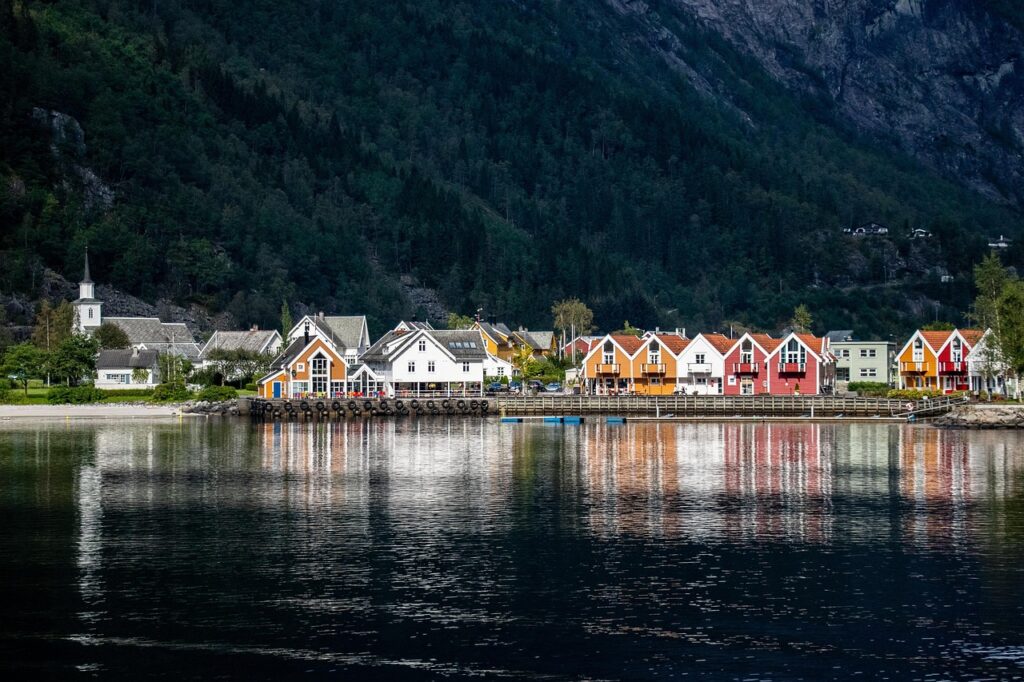
14. **The Emotional Landscape of Letting Go**Downsizing requires navigating a complex emotional landscape, particularly when leaving a long-term, memory-filled home. Evan Roberts’ ’emotional turmoil’ from his parents’ move highlights that such a transition is a permanent severance from a place ‘housed old memories.’ This profound sense of loss, or ’emotional cost to permanently saying goodbye,’ is a significant, often underestimated, drawback.
The decision can also stir anxieties about familial legacies and traditions. Real estate transactions can inadvertently ‘put inheritances at risk,’ altering financial plans. For families gathering in a large home, a smaller space might mean ‘people might feel less inclined to come over when there’s little room to sit, let alone sleep over.’ This can lead to cherished rituals being ‘passed down to a different family member,’ fostering displacement.
Emotional complexities extend to potential regret. Trulia reports ‘almost half of American homeowners regret their real estate decisions,’ often due to poor financial choices. Downsizing is not immune. This ‘momentous decision’ requires not just logical assessment but deep introspection into what truly matters, acknowledging emotional comfort and connection can outweigh practical considerations. A home’s true value extends beyond market price or square footage.
Read more about: Boomers & Millennials Unite: 14 Things We’re All Officially Done Caring About (Seriously Bye)
Ultimately, the discussion around living space centers not on blind ‘downsizing,’ but on thoughtful ‘right-sizing.’ This perspective emphasizes finding a situation that aligns with evolving values and circumstances. The optimal solution might not always be smaller; it could be the same size elsewhere, or even a slightly larger home meeting specific needs. The essential exercise is a careful examination of personal desires, ensuring any transition genuinely supports a life of greater purpose and well-being. True success lies in making intentional choices that foster peace, flexibility, and a profound sense of ‘home,’ whatever its size.


